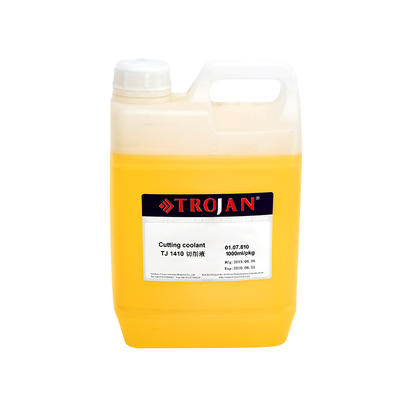The mold plays a vital role in the pressure cold mounting machine. It is not only a bridge between gemstones and metal materials during the mounting process, but also the key to ensuring the accuracy and beauty of the finished inlay. The design, material and manufacturing accuracy of the mold directly determine the shape, size and surface quality of the finished inlay. Therefore, the selection and maintenance of the mold is the basis for ensuring the quality of the finished inlay.
In the pressure cold mounting machine, the mold is usually made of high-strength and high-hardness alloy materials to ensure that the shape can be stable and accurate while bearing huge pressure. However, even the best quality molds will affect the quality of the finished inlay due to wear, deformation or damage after long-term use. Therefore, regularly checking the status of the mold and promptly discovering and replacing the worn or deformed mold is a key step to ensure the quality of the finished inlay.
The wear inspection of the mold is an important part of ensuring the quality of the finished inlay. Users should regularly conduct a comprehensive and detailed inspection of the mold, including the surface smoothness, shape accuracy, dimensional stability, and whether there are defects such as cracks and gaps.
During the inspection process, users can use a variety of methods such as visual inspection, measuring tool inspection, and professional equipment inspection. Visual inspection can intuitively find scratches, wear or deformation on the mold surface; measuring tool inspection can accurately measure the size and shape accuracy of the mold; and professional equipment inspection can more deeply analyze the material and internal structure of the mold to find potential defects.
Once the mold is found to be severely worn, deformed or damaged, the user should stop using it immediately and replace it with a new one. Because continuing to use the worn mold will not only affect the quality of the finished inlay, but also cause equipment failure and increase maintenance costs.
When replacing the mold, the user should ensure the compatibility of the selected mold with the equipment. Because different brands and models of pressure cold mounting machines may have different specifications, sizes and installation methods. If an incompatible mold is selected, it will not only affect the quality of the finished inlay, but also cause equipment damage or safety accidents.
To ensure the compatibility of the mold and the equipment, it is recommended that users use original accessories. Original accessories not only perfectly match the equipment, but also undergo strict quality control and testing to ensure that their performance and durability are at their best. In addition, original accessories also enjoy the warranty and after-sales service provided by the manufacturer, providing more protection for users.
Of course, when choosing original accessories, users should also pay attention to checking the model, specifications and batch information of the accessories to ensure that the selected accessories are fully matched with the equipment. Users should also pay attention to the manufacturer's official website or customer service channels to keep abreast of the update and upgrade information of the accessories so that they can replace the latest accessories in time when needed.
In addition to regular inspection and replacement of molds, users should also do a good job of mold maintenance and care. This includes regular cleaning of molds, application of rust inhibitors, and protection of molds from moisture and heat.
Regular cleaning of molds can remove stains and residues on the surface and maintain the smoothness and precision of the molds; application of rust inhibitors can prevent the molds from rusting due to moisture; and protection of molds from heat can prevent the molds from deforming due to thermal expansion and contraction. These maintenance and care measures not only help to extend the service life of the molds, but also improve the quality and aesthetics of the finished inlaid products.
When using molds, users should also pay attention to avoid excessive pressure, improper tools or methods, and exposure of molds to harsh environments. These improper usage methods will accelerate the wear and damage of the mold, thus affecting the quality of the finished inlay.
As one of the core components of the pressure cold inlay machine, the state of the mold directly affects the quality of the finished inlay. Therefore, users should regularly check the wear of the mold, promptly detect and replace the worn or deformed mold; to ensure the compatibility of the mold and the equipment, it is recommended to use original accessories. In addition, good maintenance and care of the mold is also the key to prolonging the service life and improving the quality of the inlay.

 中文简体
中文简体 英语
英语 西班牙语
西班牙语 德语
德语
.jpg?imageView2/2/w/400/format/jpg/q/75)

.png?imageView2/2/w/400/format/jpg/q/75)
.jpg?imageView2/2/w/400/format/jpg/q/75)















